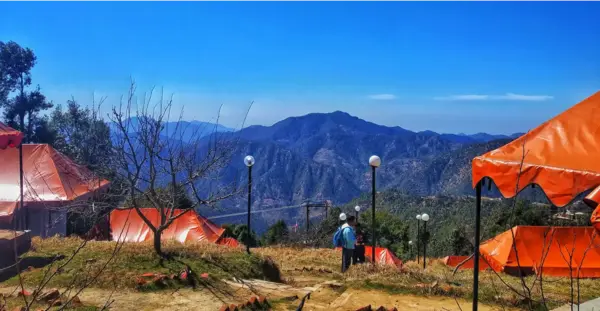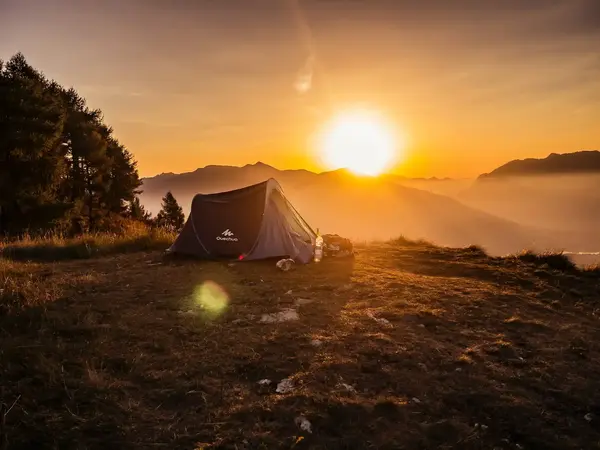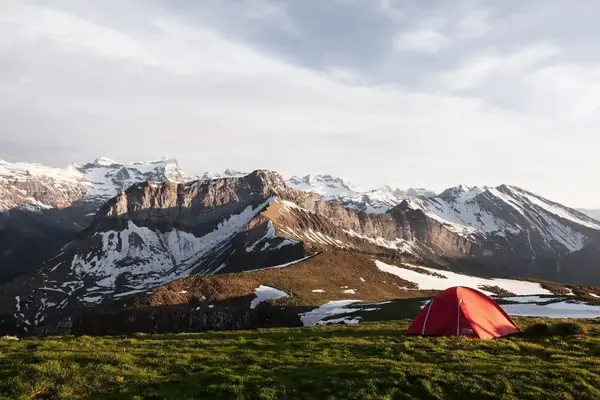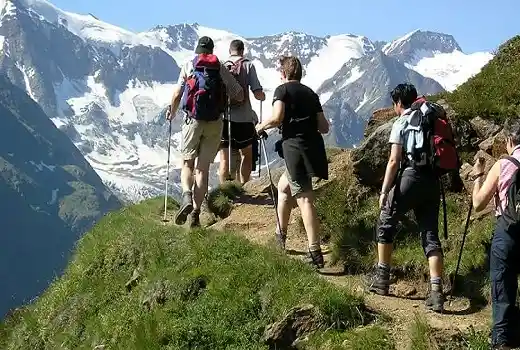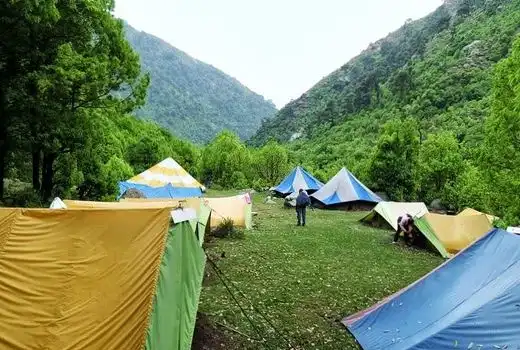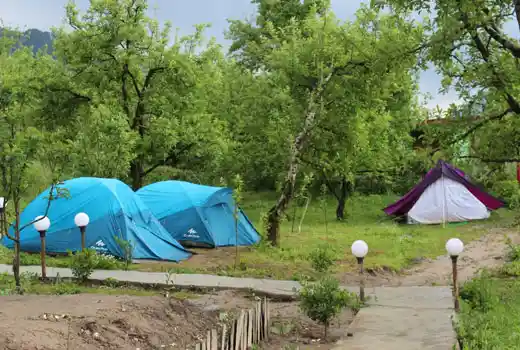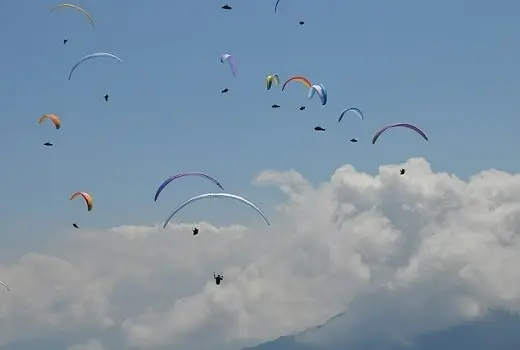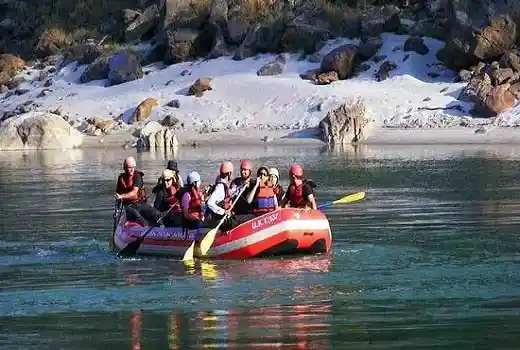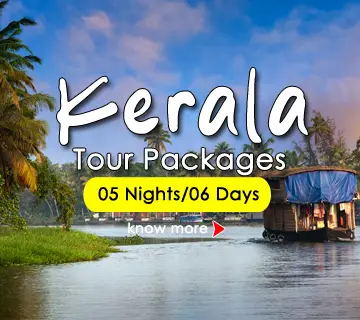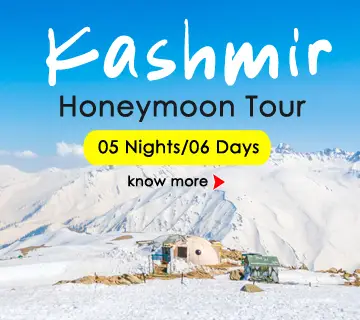- 04N/05D
Overview
Whether you are a mountain lover or a wildlife enthusiast or an adventure buff, camping in India is always a fulfilling experience for the myriad of things to see and do.
Each region has its own distinct feature to unveil and explore with one thing in common- the warmth and hospitality of the locals. Of all the stay options available, camping is the best way to connect with nature and the people of a region. While camping under the blanket of stars on a wintry night is a dream for many, some look forward to spending a few days amidst spritual atmosphere.
Best Locations For Camping In India
The subtropical highland climate in the Dehradun district of Uttarakhand attracts tourists throughout the year, but it’s best for camping in April and May. Mussoorie is at a comfortable elevation of 1880 meters, in the foothills of the Himalayas, and overlooks the striking Sivalik mountain range.
In the foothills of the Himalayas and beside the Ganges River is the spiritual town of Rishikesh, a prominent Hindu pilgrimage town within the Dehradun district of Uttarakhand. This is a deeply cultural and traditional place, and is also surrounded by a mesmerizing landscape. Camping on the banks of the Ganges or on the periphery of the Rajaji National Park in the summer is recommended by camping enthusiasts.
With the Karakoram Mountains to the north and the Himalayas to the south, Ladakh (in the state of Jammu and Kashmir) is ethereal. Tsomoriri Lake, Sangla Valley and the banks of the Zanskar River are some of the best places in Ladakh to pitch a tent.
The Spiti Valley is everything a camping enthusiast or a trekker yearns for. The cold desert mountain valley in the state of Himachal Pradesh is surrounded by high mountains and is full of Buddhist monasteries. It is best to camp in the months of May and June, when the weather is at its best in these northern reaches of India.
The state of Jammu and Kashmir in India is known as ‘Heaven on Earth’, and Sonamarg lives up to the name. Sonamarg—meaning, ‘meadows of gold’—has green pastures in which to set up camp and enjoy the Himalayan backdrop. Just to add to Sonamarg’s allure, the Sind River flows adjacent to its lush meadows.
Being surrounded by the vast Thar Desert in the state of Rajasthan and home to amazing forts and temples, Jaisalmer is a rustic city that hasn’t lost its aesthetic appeal to rampant development. Taking a ride on camel back and camping in the desert among the seemingly endless sand dunes is quite an experience.
The moniker the ‘Scotland of India’ is a fitting name for Coorg. Situated in the Western Ghats Mountains of Karnataka, Coorg is a biodiversity hotspot and a major tourist attraction in South India. Unique attractions include festivals that often include paraphernalia such as guns and knives, as well as alluring local cuisine. You can camp surrounded by the aroma of coffee blossoms and watery cascades.
Wayanad, in Kerala, is another favorite retreat of trekkers and campers in the Western Ghats. The altitude is between 700 and 2100 meters, with popular trekking peak Chembra at 2100 meters. Besides Chembra, the Myladippara and Kalpetta areas offer a great scenic view for camping and other activities.
Munnar is a hill station in Kerala known for its vast tea plantations, as well as cardamom and pepper. Munnar is popular throughout the year as a respite from bustling metropolitan life. There are plenty of flat places amid the hilly terrain to set up camp.
West Bengal has plenty of appeal, but the mountain views at Sillery Gaon put the town in a totally different category. At an altitude of 1828 meters and with a spectacular backdrop of Mt. Kanchenjunga, very few places match Sillery Gaon’s majesty. There are panoramic views of chinchona plantations, inhabited by a plethora of exotic birds..
Book Packages With TravelsMoon
Get the Best Deals on the TourPackages!
Verified Travel Agent.

Customized itinerary.

